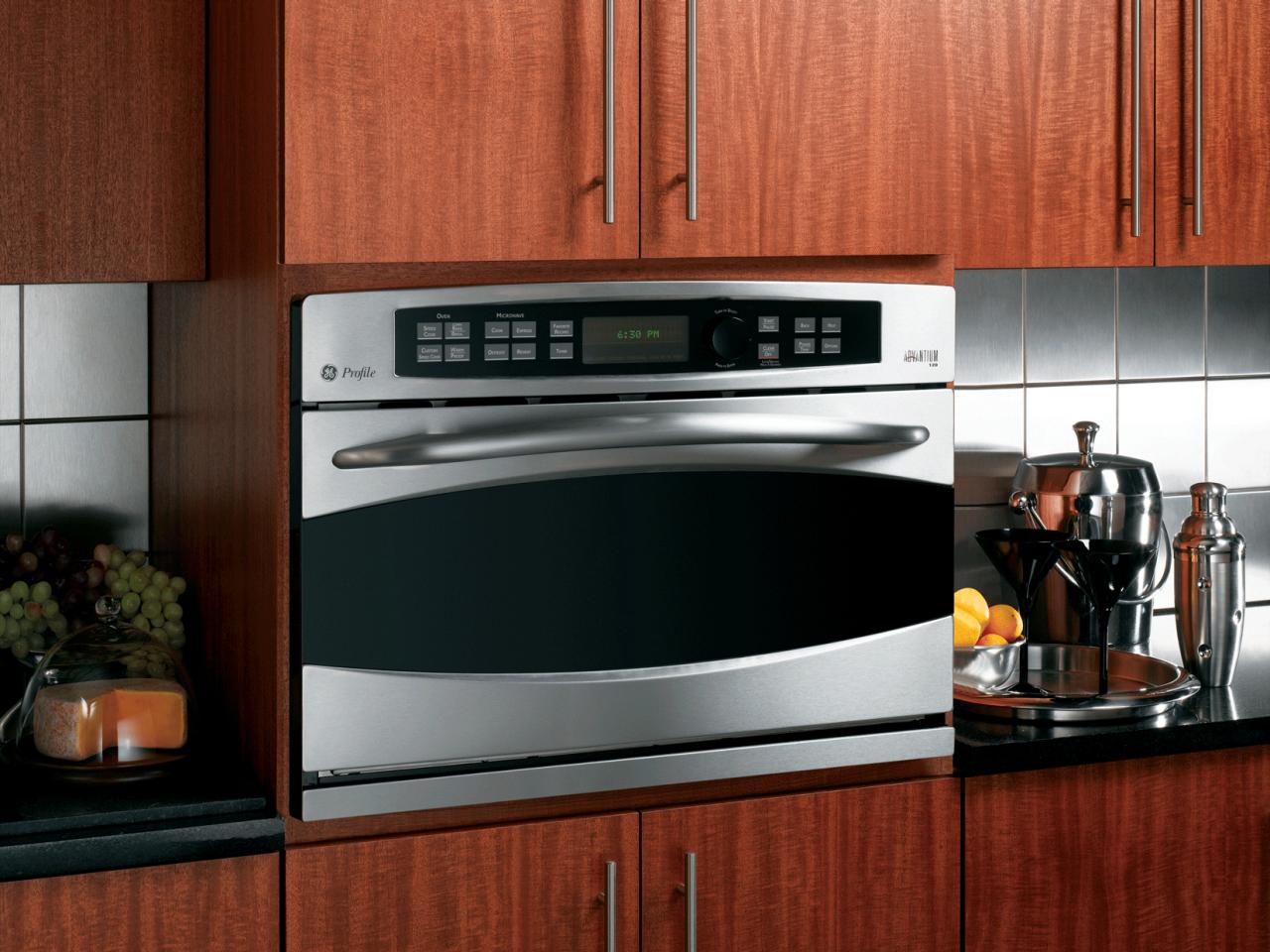

Articles
How Deep Are Wall Ovens
Modified: August 28, 2024
Explore articles on how deep wall ovens are, installation requirements, and tips for choosing the perfect size to fit your kitchen.
(Many of the links in this article redirect to a specific reviewed product. Your purchase of these products through affiliate links helps to generate commission for Storables.com, at no extra cost. Learn more)
Introduction
When it comes to kitchen appliances, wall ovens offer a convenient and space-saving solution for cooking enthusiasts. These versatile appliances not only add a sleek and modern touch to your kitchen but also provide efficient cooking performance. One important factor to consider when choosing a wall oven is its depth. The depth of a wall oven plays a crucial role in determining its overall functionality and compatibility with your kitchen design.
Wall ovens come in two main depth options: standard depth and compact depth. Understanding the differences and benefits of each can help you make an informed decision when selecting the right wall oven for your needs. In this article, we will explore the depths of wall ovens and discuss the advantages and disadvantages of deep ovens.
Key Takeaways:
- Standard depth wall ovens offer spacious interiors, versatile cooking features, and a wide range of style options, making them ideal for those who prioritize functionality and seamless kitchen integration.
- Compact depth wall ovens provide a space-saving solution for smaller kitchens, offering functionality, versatility, and stylish aesthetics despite their smaller size. Perfect for smaller households or limited kitchen spaces.
Read more: How Much Are Wall Ovens
Standard Depth Wall Ovens
Standard depth wall ovens, also known as full-depth ovens, are the most common and widely used option. These ovens typically have a depth measurement of around 24 inches, allowing them to fit seamlessly into most kitchen designs. The standard depth is designed to align with the surrounding cabinetry, providing a cohesive and integrated appearance.
One of the key advantages of standard depth ovens is their spacious interior. With their generous depth, these ovens can accommodate larger baking sheets, roasting pans, and other cookware without any constraints. This makes them perfect for those who regularly cook for larger families or enjoy hosting dinner parties.
Additionally, standard depth ovens tend to have more versatile cooking features. With ample space in the oven cavity, you can easily fit multiple racks or utilize features such as double ovens, allowing you to cook multiple dishes simultaneously at different temperatures. These ovens often come with advanced cooking functions like convection baking, broiling, and self-cleaning capabilities, providing convenience and efficiency in one appliance.
Furthermore, standard depth wall ovens offer a wider range of options when it comes to choosing different styles and finishes. Whether you prefer a stainless steel finish to match your modern kitchen or a classic black or white enamel finish, you’ll find plenty of choices in the standard depth category.
However, it’s important to consider that standard depth ovens may require more installation space. The deeper size of these ovens might limit your placement options, especially in kitchens with limited space. It’s crucial to measure your available space accurately and ensure that the standard depth oven fits seamlessly into your kitchen layout.
In summary, standard depth wall ovens offer spacious interiors, versatile cooking features, and a wide range of style options. They are a popular choice for those who prioritize functionality, cooking capacity, and flexibility in their kitchen appliances.
Compact Depth Wall Ovens
If you have a smaller kitchen or limited space for a wall oven, compact depth wall ovens can be a great option. These ovens are designed to have a shallower depth measurement, typically around 20 inches, allowing them to fit into tighter spaces without compromising on cooking performance.
One of the main advantages of compact depth wall ovens is their space-saving design. With their reduced depth, they can fit into cabinets or wall recesses that would not be suitable for standard depth ovens. This makes them a popular choice for apartments, condos, or kitchens where space is at a premium.
Although compact depth ovens may have a smaller interior capacity compared to standard depth ovens, they are still highly functional. You can still bake, roast, broil, and perform other cooking tasks with ease. Compact depth ovens often come equipped with features like convection cooking, digital controls, and even self-cleaning capabilities, providing convenience and efficiency for your culinary endeavors.
In addition, compact depth ovens can be a versatile option for those who don’t require the cooking capacity of a standard depth oven. If you have a smaller household or don’t frequently cook large meals, a compact depth oven can still meet your cooking needs while saving space in your kitchen.
However, it’s important to note that compact depth ovens may not accommodate larger cookware or baking sheets as effectively as standard depth ovens. The reduced depth can limit the size of the cooking space, requiring you to adapt your cooking utensils and strategies accordingly.
When it comes to style and aesthetics, compact depth ovens often offer a sleek and modern appearance that can complement any kitchen design. They are available in various finishes and styles, providing options to match your personal taste and kitchen decor.
To summarize, compact depth wall ovens provide a space-saving solution for kitchens with limited space. They are highly functional and offer convenience and versatility despite their smaller size. If you prioritize space optimization without compromising on cooking performance, a compact depth oven might be the perfect choice for your kitchen.
Benefits of Deep Wall Ovens
Deep wall ovens, whether standard or compact depth, come with a set of benefits that make them a desirable choice for many homeowners. Let’s explore some of the advantages of deep wall ovens:
1. Increased Cooking Capacity: One of the primary benefits of deep wall ovens is their larger interior cooking space. The additional depth allows for more room to accommodate larger cookware and multiple cooking racks. This means you can cook larger meals, roast whole turkeys or hams, and easily bake multiple dishes simultaneously.
2. Versatile Cooking Functions: Deep wall ovens often come equipped with advanced cooking functions, such as convection baking, broiling, and even steam cooking. These features allow for more precise and efficient cooking, resulting in evenly cooked meals with enhanced flavors and textures.
3. Enhanced Cooking Performance: The larger interior space in deep wall ovens translates to better heat circulation and distribution. This results in more consistent baking and roasting, as the heat can reach all sides of the food evenly. This even heat distribution ensures that your dishes are cooked to perfection, with consistent browning and tenderness.
4. Accommodates Specialty Cookware: Deep wall ovens are ideal for those who enjoy using specialty cookware such as baking stones, deep roasting pans, or large sheet pans. The increased depth provides ample space for these types of cookware, allowing for more versatile cooking options and creative culinary experiments.
5. Aesthetics and Design: Deep wall ovens, particularly those in standard depth, are designed to fit seamlessly into your kitchen cabinetry, creating a cohesive and polished look. These ovens often come in various finishes and styles to match your kitchen decor, adding a touch of elegance and sophistication to your cooking space.
6. Improved Safety: With a deep wall oven, you can place larger and heavier dishes without worrying about potential spills or accidents. The deeper cavity offers more stability and prevents dishes from tipping over, making it safer to handle hot dishes and reducing the risk of burns.
7. Resale Value: Installing a deep wall oven in your kitchen can increase the resale value of your home. These ovens are considered desirable features that attract potential buyers, offering them the convenience and versatility of a high-quality cooking appliance.
Overall, deep wall ovens provide a range of benefits, including increased cooking capacity, versatile cooking functions, enhanced cooking performance, and improved aesthetics. Consider these advantages when selecting a wall oven for your kitchen to ensure it meets your cooking needs and enhances your overall culinary experience.
When measuring for a wall oven, consider the depth of the cabinet cutout as well as the depth of the oven itself. Make sure to account for any protruding handles or vents on the oven.
Drawbacks of Deep Wall Ovens
While deep wall ovens offer numerous benefits, it’s important to be aware of their potential drawbacks. Here are some common disadvantages associated with deep wall ovens:
1. Limited Installation Options: Deep wall ovens require a specific amount of space in your kitchen to accommodate their larger dimensions. If you have a smaller kitchen or limited wall space, it can be challenging to find a suitable location to install a deep oven without sacrificing other essential kitchen appliances or storage areas.
2. Restricted Mobility: The deeper dimensions of these ovens can make it difficult to access the back of the oven cavity. This may result in limitations when it comes to reaching and monitoring dishes placed at the back of the oven. It’s important to consider your physical comfort and accessibility needs when deciding on the depth of your wall oven.
3. Heat Retention: Deep wall ovens tend to have a larger interior space to heat, which can lead to longer preheating times and increased energy consumption. The extra space can also result in heat retention after the oven is turned off, potentially causing the kitchen to become warmer than desired for an extended period.
4. Adaptation of Cookware: The deep dimensions of these ovens may require adjustments to certain types of cookware. Pans and baking sheets that are too shallow may not fully utilize the available space, resulting in uneven cooking or browning. It’s important to ensure that your existing cookware and accessories are compatible with the deeper dimensions of a wall oven.
5. Maintenance and Cleaning: Cleaning a deep wall oven can be more challenging due to its larger interior size. It may require extra effort to reach the back of the oven, remove and clean the racks, or access all areas for thorough cleaning. Additionally, the bigger size may also lead to more extensive maintenance and potential repair costs down the line.
6. Cost: Deep wall ovens, especially those with advanced features or high-end finishes, tend to be more expensive than standard depth options. The larger size and increased functionality can contribute to a higher price point, so it’s important to consider your budget when choosing a deep wall oven.
Despite these drawbacks, many homeowners find that the benefits of deep wall ovens outweigh the disadvantages. By carefully evaluating your kitchen space, personal preferences, and cooking requirements, you can determine if a deep wall oven is the right choice for your culinary needs.
Read more: How Are Wall Ovens Measured
Factors to Consider When Choosing Wall Oven Depth
Choosing the right wall oven depth is crucial to ensure proper fit, functionality, and compatibility with your kitchen design. Here are some important factors to consider when making this decision:
1. Kitchen Space: Assess the available space in your kitchen to determine the maximum depth that can comfortably accommodate a wall oven. Measure the width and height of the designated oven space to ensure it can house a standard or compact depth oven without any constraints or compromises.
2. Cooking Needs: Consider your cooking habits and the types of meals you regularly prepare. If you frequently cook large meals or entertain guests, a deep wall oven with a larger cooking capacity may be more suitable. However, if you have a smaller household or limited cooking needs, a compact depth oven can suffice.
3. Installation Flexibility: Evaluate the flexibility of your kitchen layout and determine whether you have the freedom to install a wall oven of your desired depth. Consider factors such as the availability of electrical and gas connections, ventilation requirements, and the need for additional modifications to accommodate the chosen oven depth.
4. Cabinet Compatibility: If you plan to install the wall oven in a cabinet, ensure that it is designed to accommodate the chosen oven depth. Measure the interior dimensions of the cabinet to ensure a proper fit and allow for proper ventilation around and behind the oven.
5. Cooking Utensils and Cookware: Consider the size and depth of the cookware and baking sheets you regularly use. If you have large, deep pans or speciality cookware, a deep wall oven may be necessary to ensure proper functionality and optimum cooking performance.
6. Budget: Set a budget for your wall oven purchase and consider the cost differences between standard and compact depth options. Deep wall ovens, particularly those with advanced features, may be more expensive than their compact counterparts. It’s important to strike a balance between your budget and the features and benefits you prioritize.
7. Personal Preferences: Lastly, consider your personal preferences and aesthetic preferences for your kitchen. Evaluate the overall look and style you want to achieve. Determine whether a standard depth oven seamlessly integrates with your cabinetry or if a compact depth oven better suits your space and design aesthetic.
By considering these factors, you can make an informed decision when choosing the depth of your wall oven. Remember to balance your space limitations, cooking needs, installation requirements, and personal preferences to find the perfect fit for your kitchen and cooking style.
Conclusion
When it comes to choosing a wall oven, understanding the depth options is crucial in finding the perfect fit for your kitchen and cooking needs. Both standard depth and compact depth wall ovens offer unique benefits and considerations that can impact your overall cooking experience.
Standard depth wall ovens provide a spacious interior, versatile cooking functions, and a wide range of style options. They are ideal for those who prioritize cooking capacity, flexibility, and a seamless integration with their kitchen design.
On the other hand, compact depth wall ovens offer a space-saving solution for kitchens with limited space. While they may have a smaller interior capacity, they still provide functionality, versatility, and stylish aesthetics. Compact depth ovens are perfect for smaller households or those who don’t require the cooking capacity of a standard depth oven.
When choosing the depth of your wall oven, it’s important to consider factors such as kitchen space, cooking needs, cabinet compatibility, cookware size, budget, and personal preferences. By carefully evaluating these factors, you can make an informed decision and select the right oven depth that suits your culinary requirements and complements your kitchen design.
Whether you opt for a deep wall oven or a compact depth oven, both options can enhance your cooking experience and add convenience to your kitchen. Remember to measure your space accurately, assess your cooking needs, and stay within your budget to find the perfect wall oven depth that meets all your requirements.
In conclusion, the depth of a wall oven is an important consideration that can significantly impact its functionality, compatibility, and overall design. Choose wisely, and enjoy the benefits of a well-appointed kitchen with a wall oven that perfectly fits your needs.
Frequently Asked Questions about How Deep Are Wall Ovens
Was this page helpful?
At Storables.com, we guarantee accurate and reliable information. Our content, validated by Expert Board Contributors, is crafted following stringent Editorial Policies. We're committed to providing you with well-researched, expert-backed insights for all your informational needs.
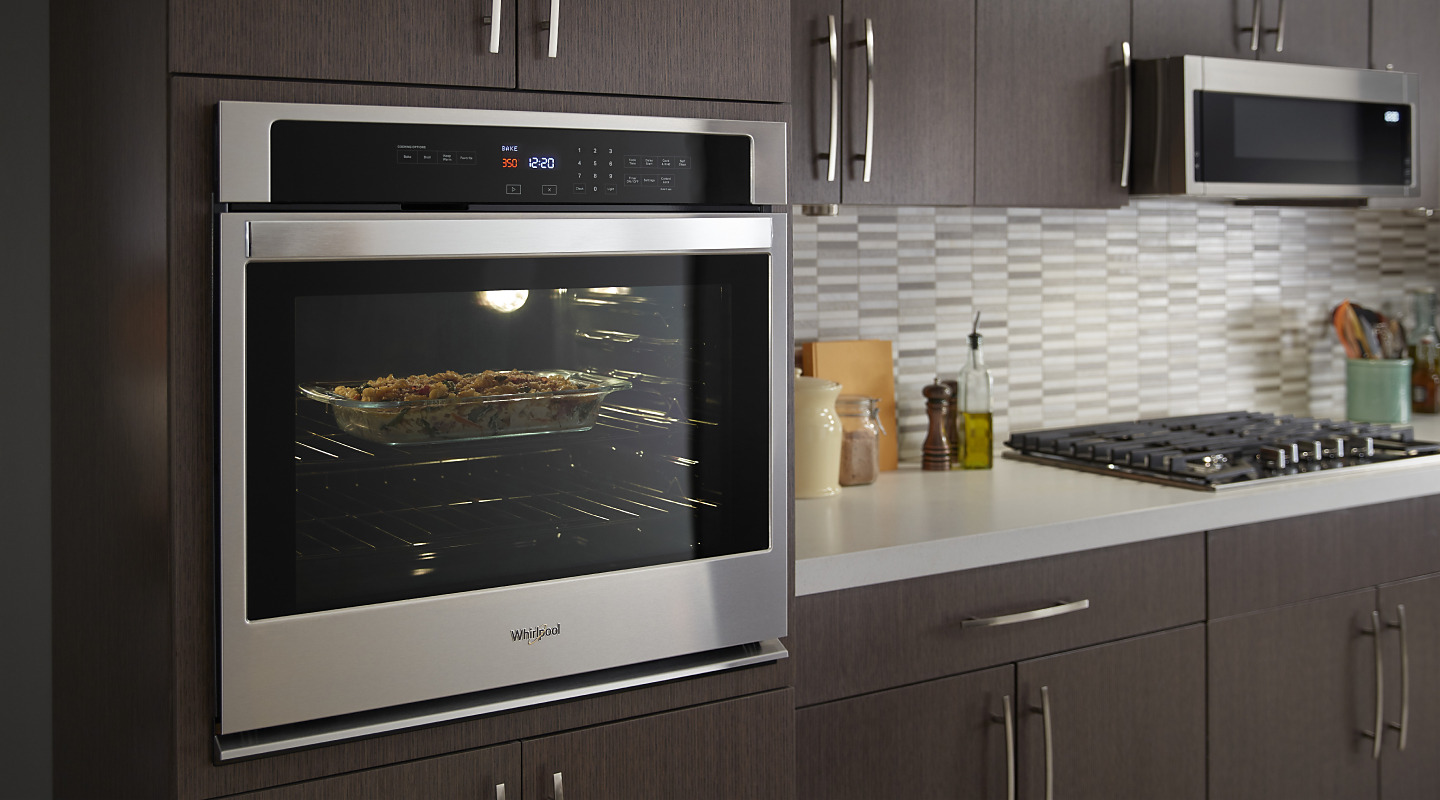
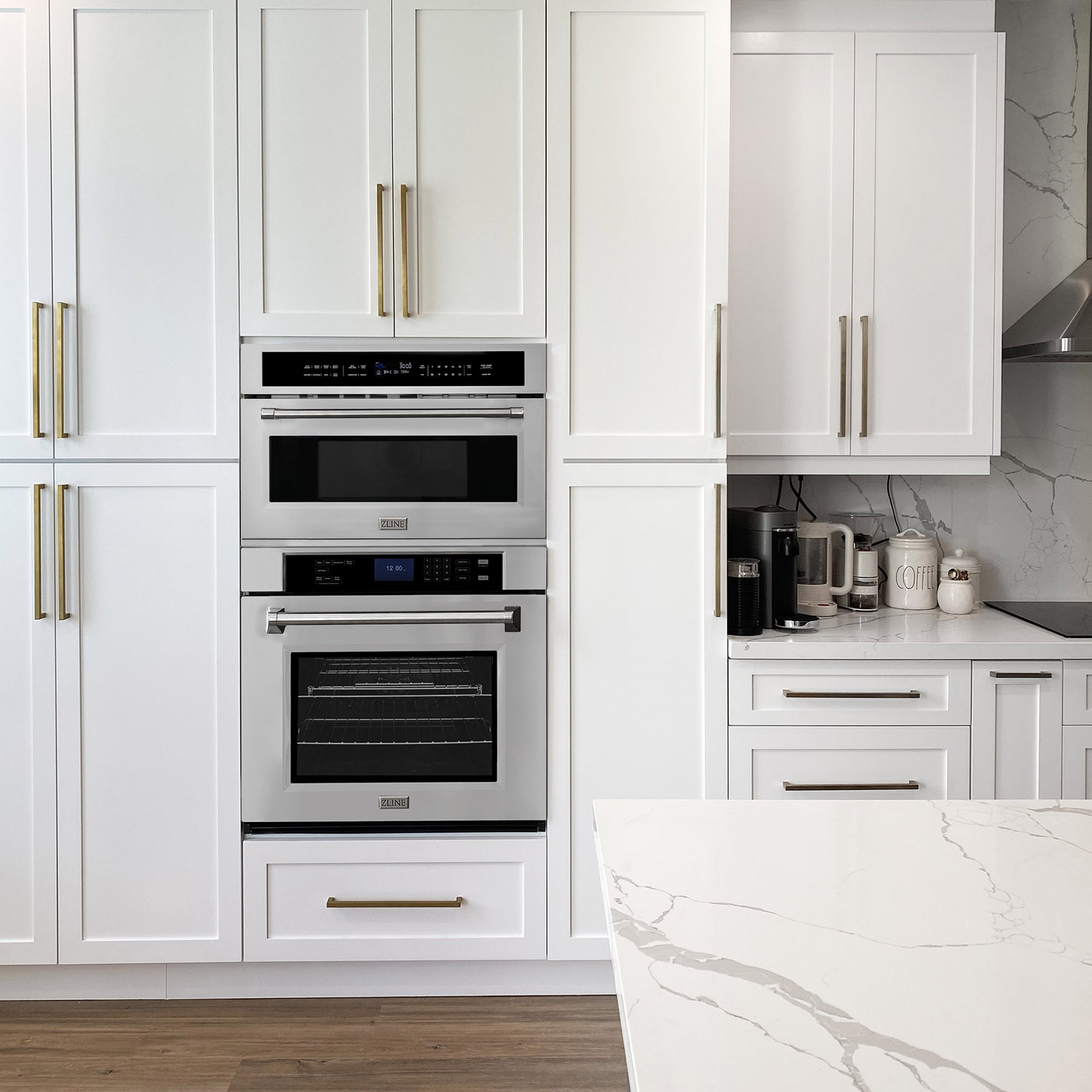
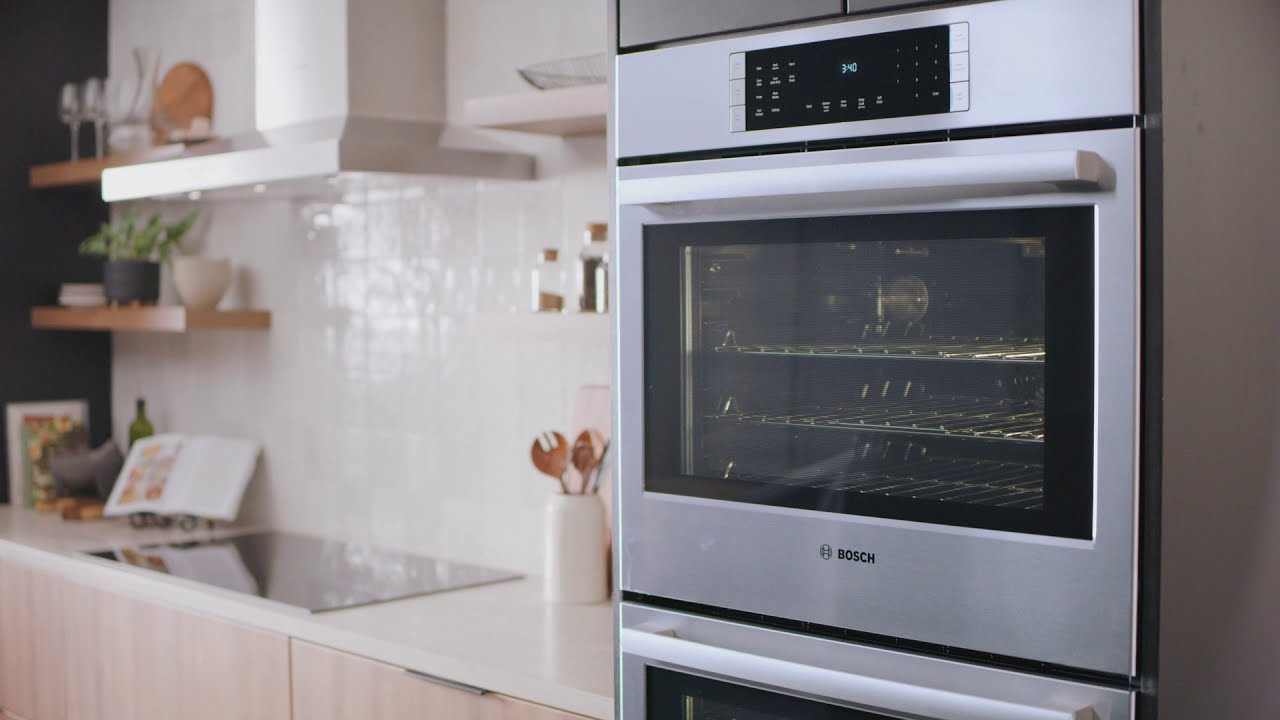
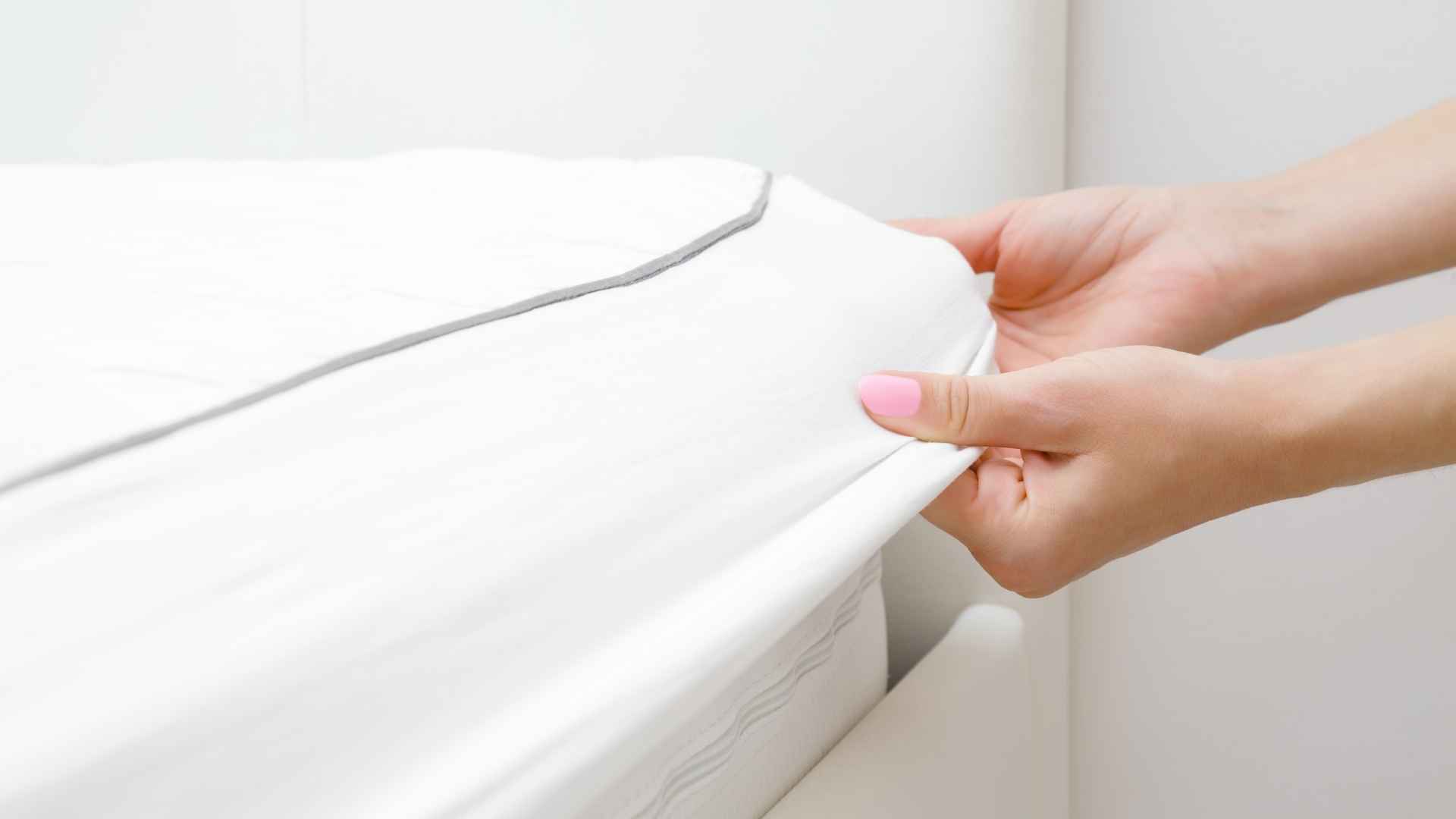
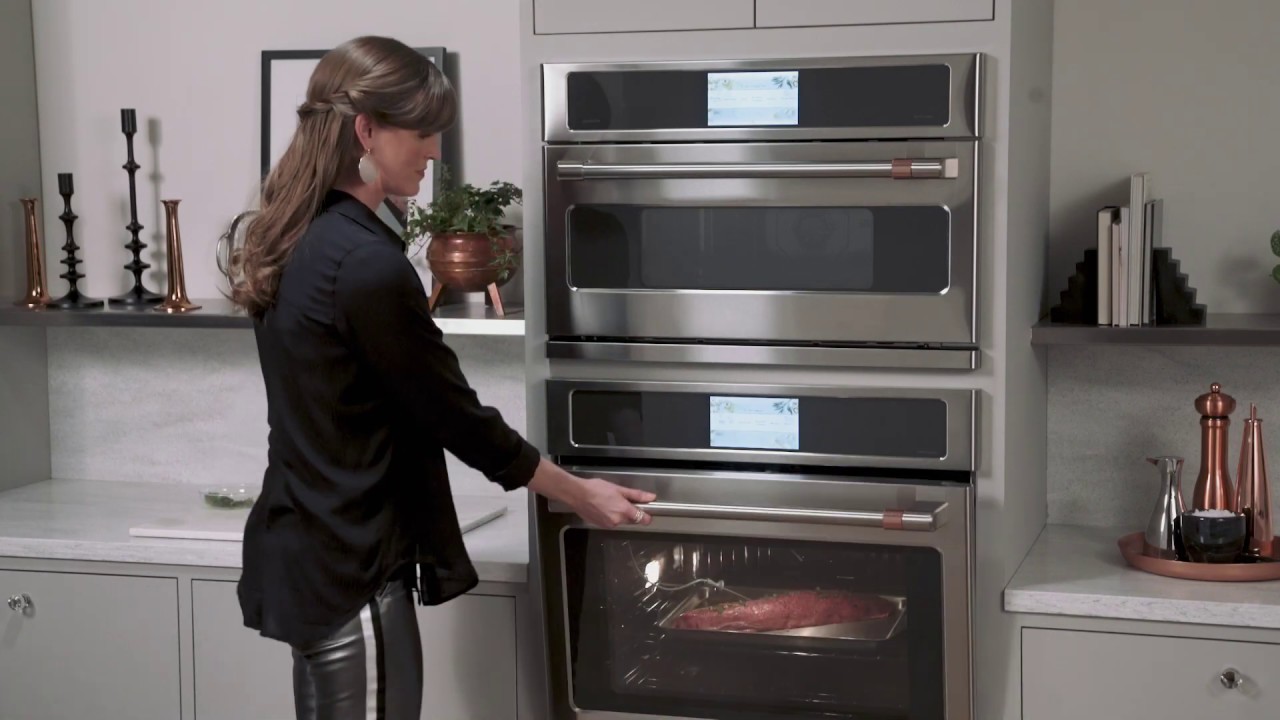
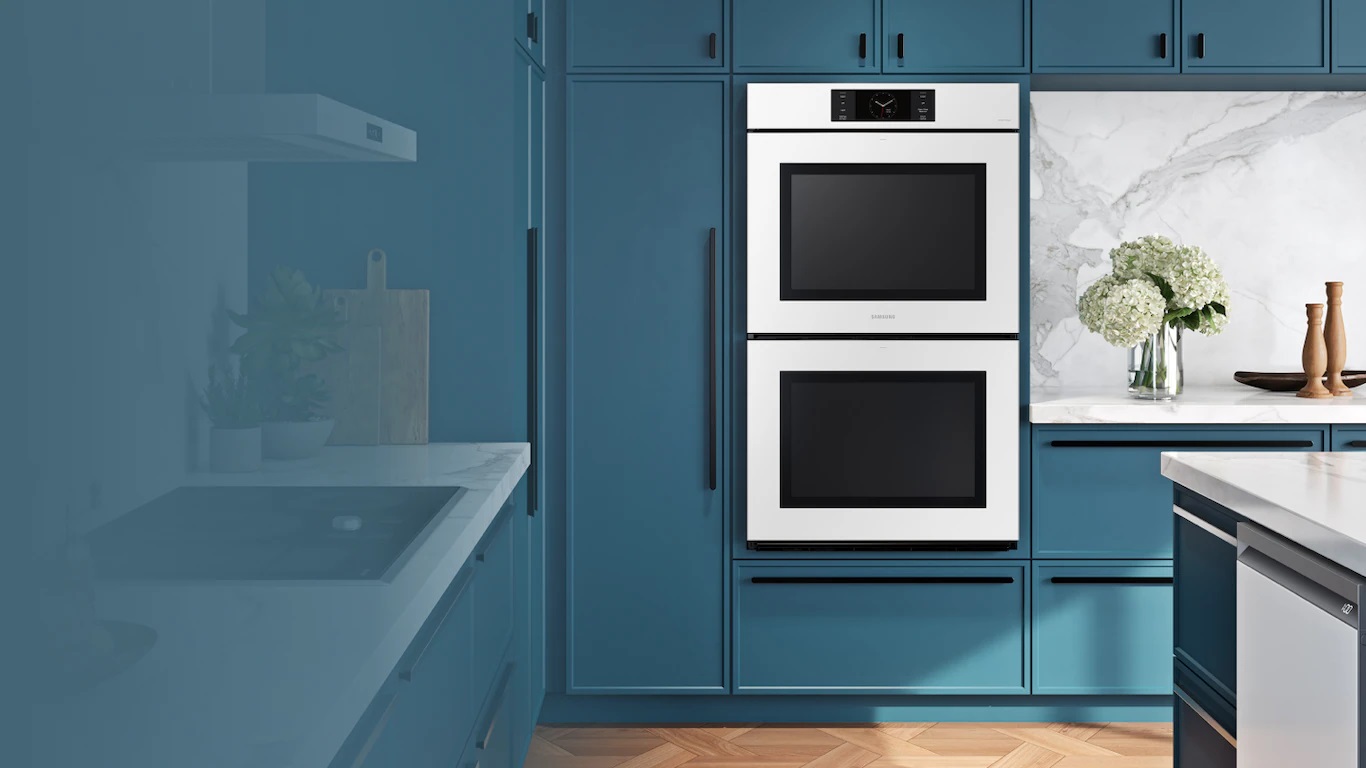
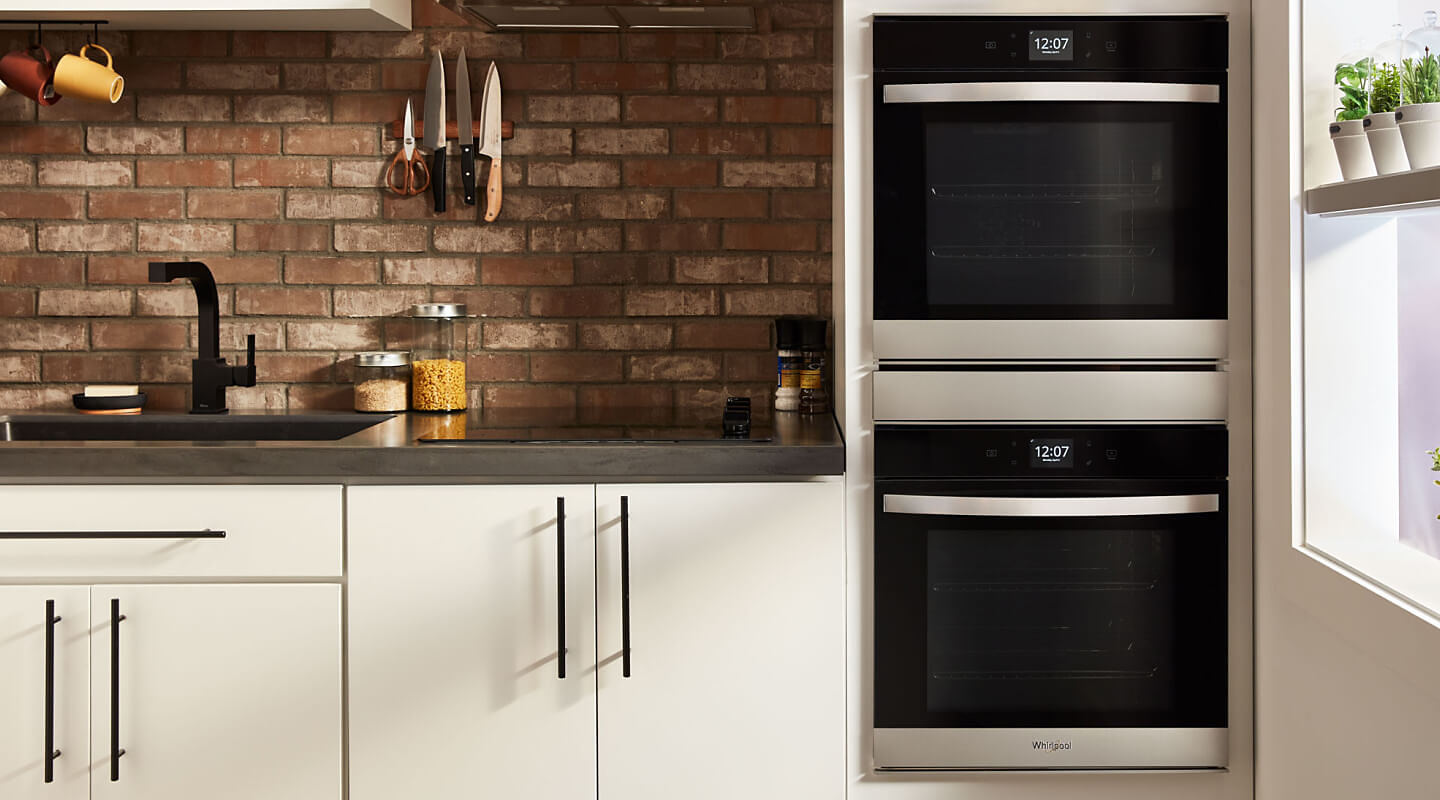
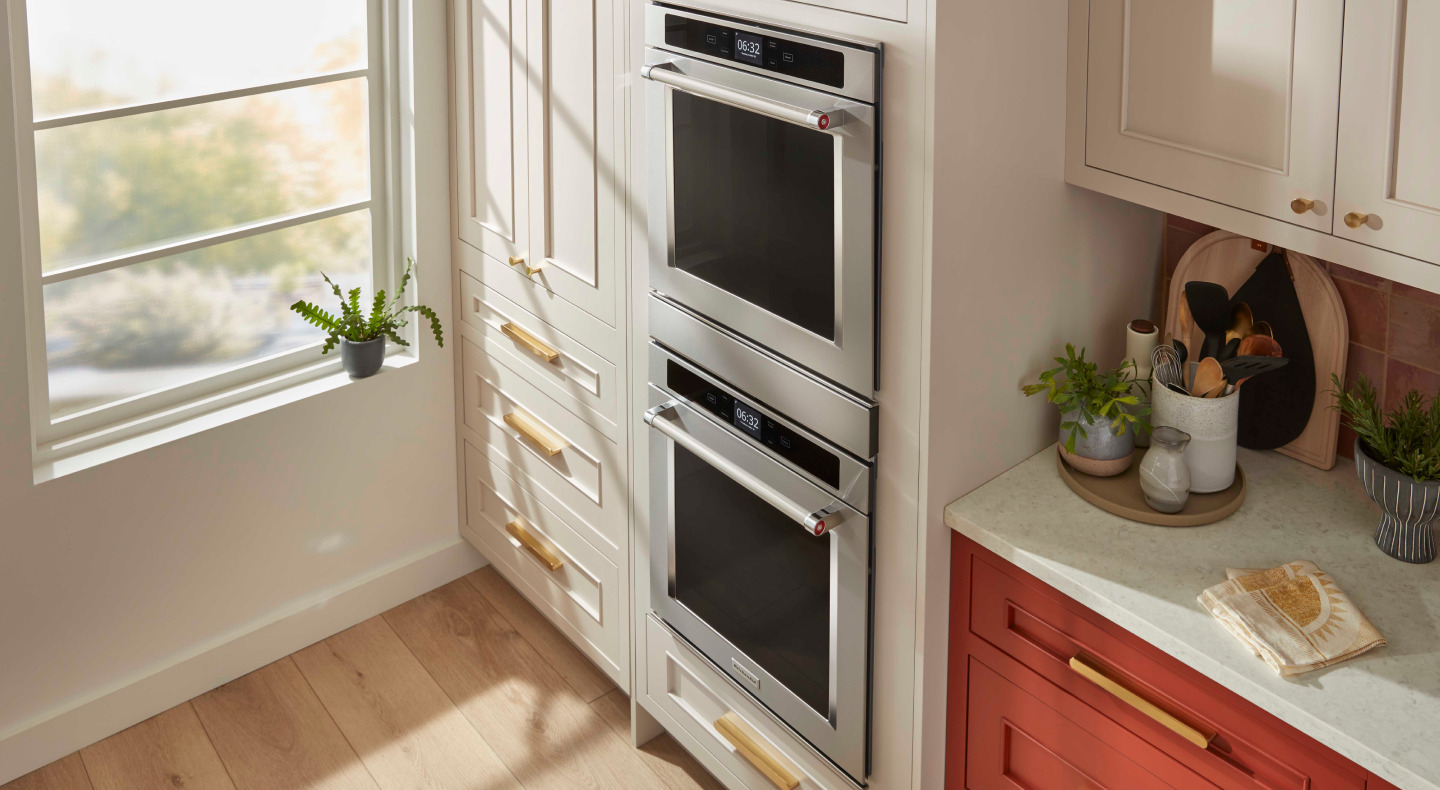
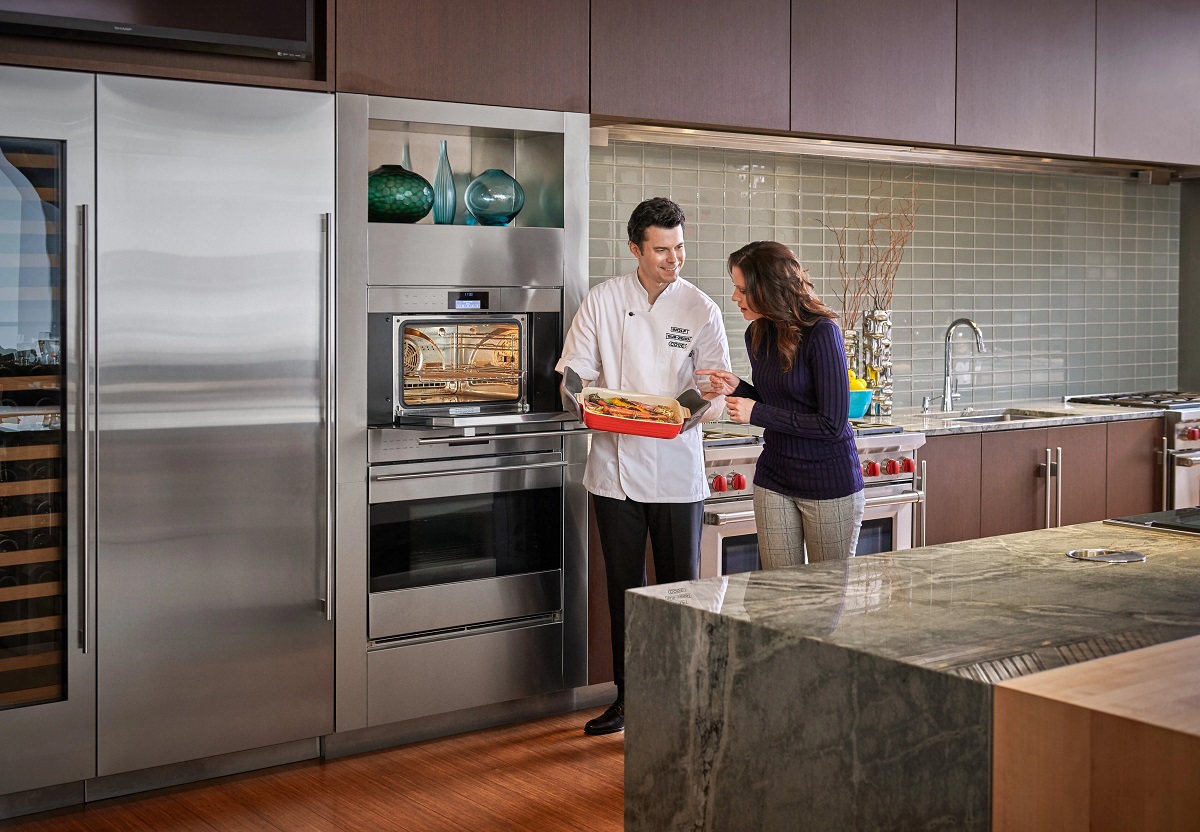
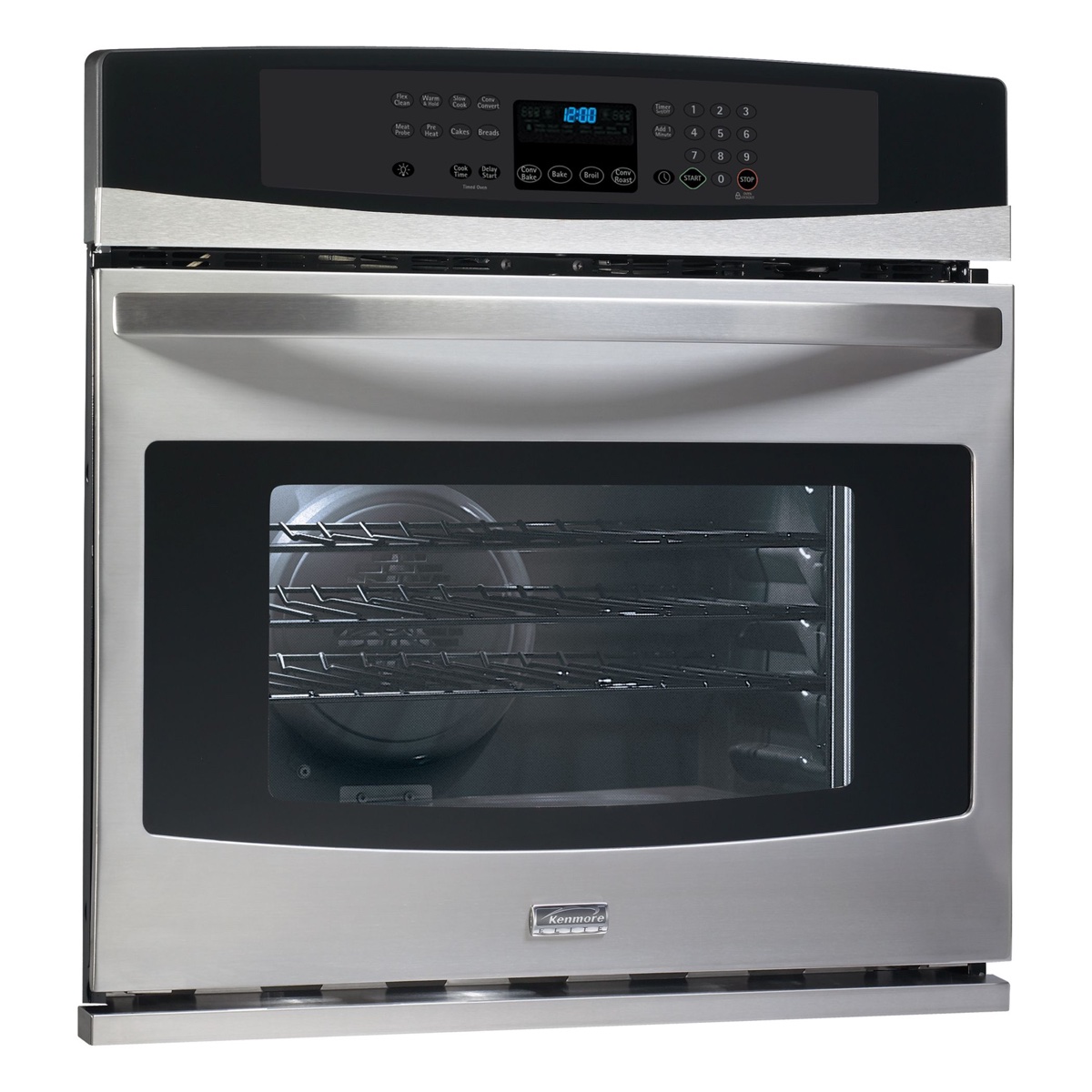
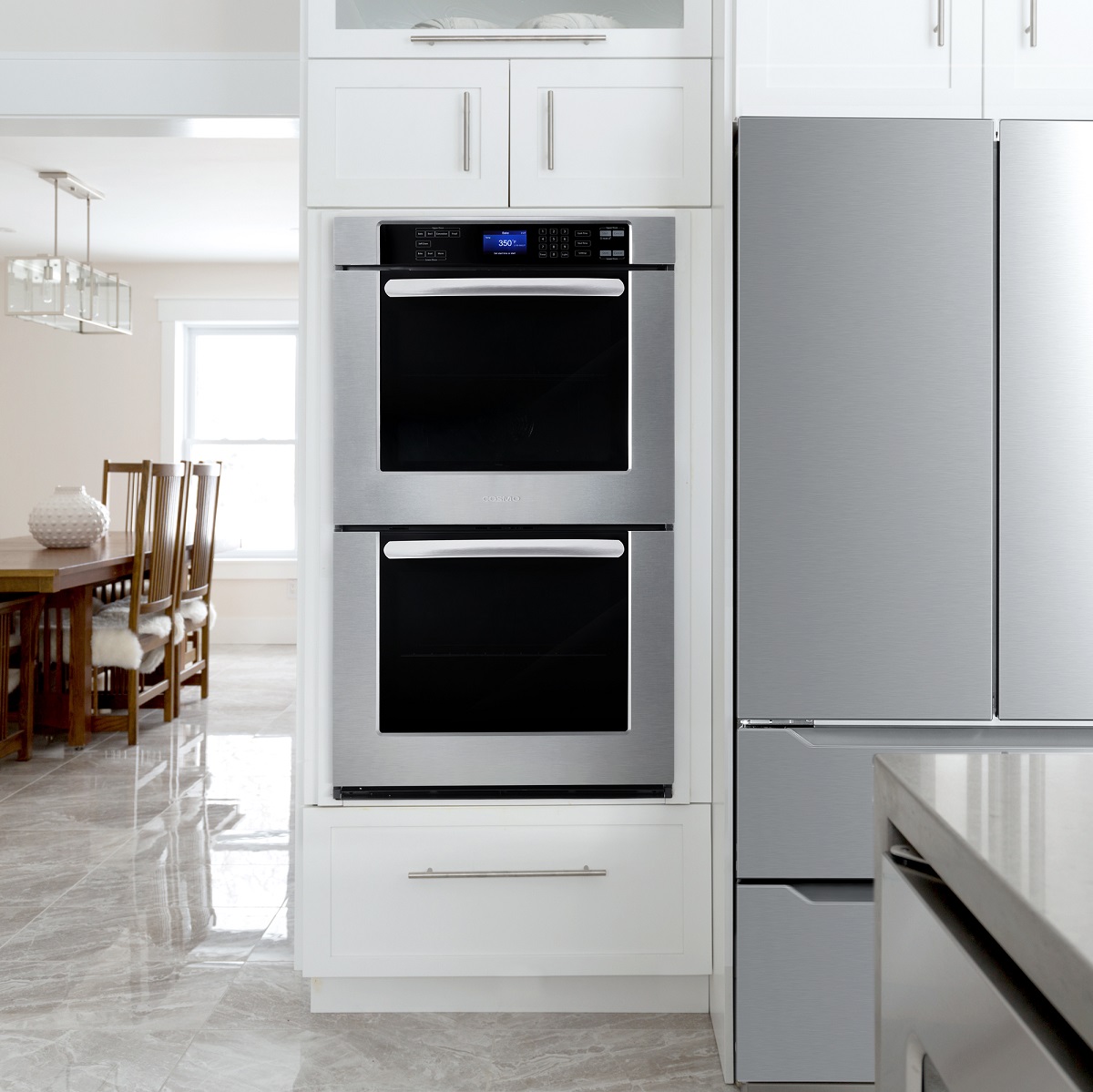
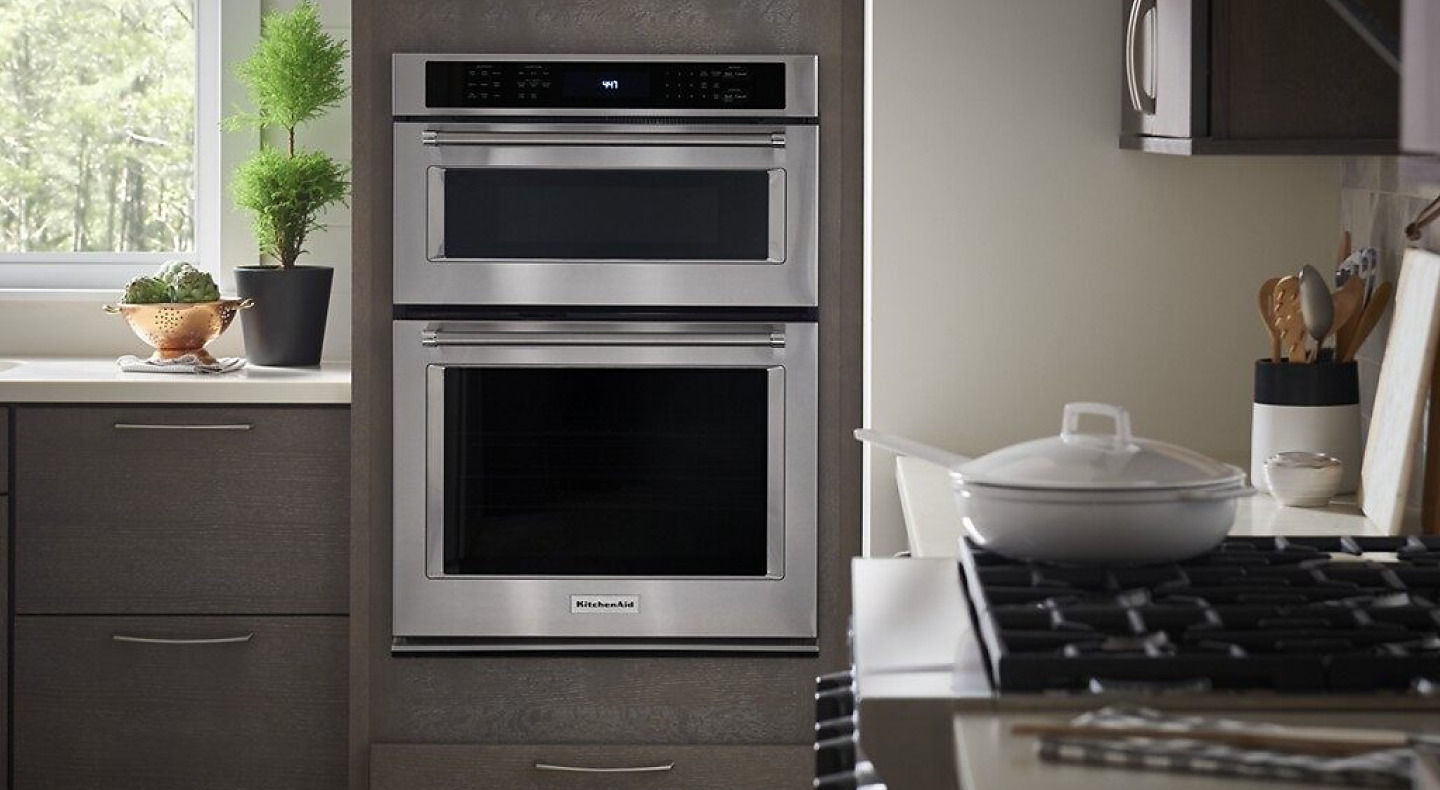
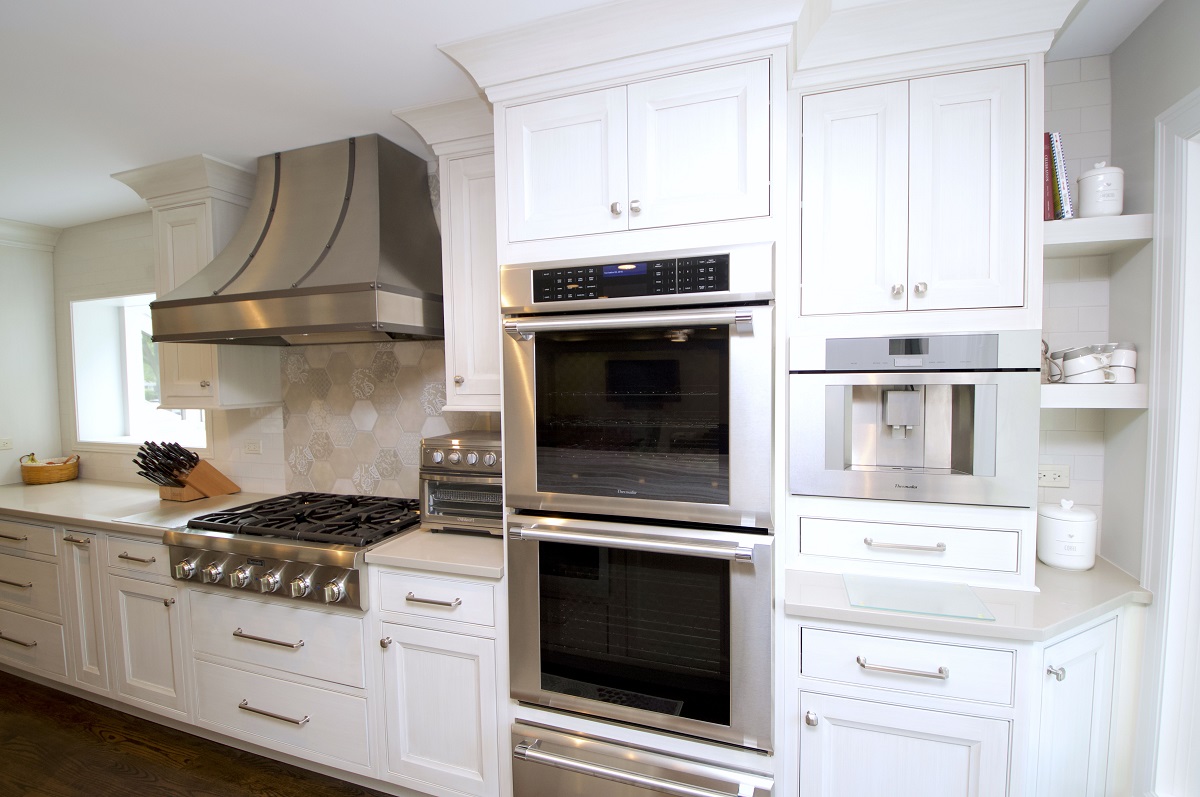
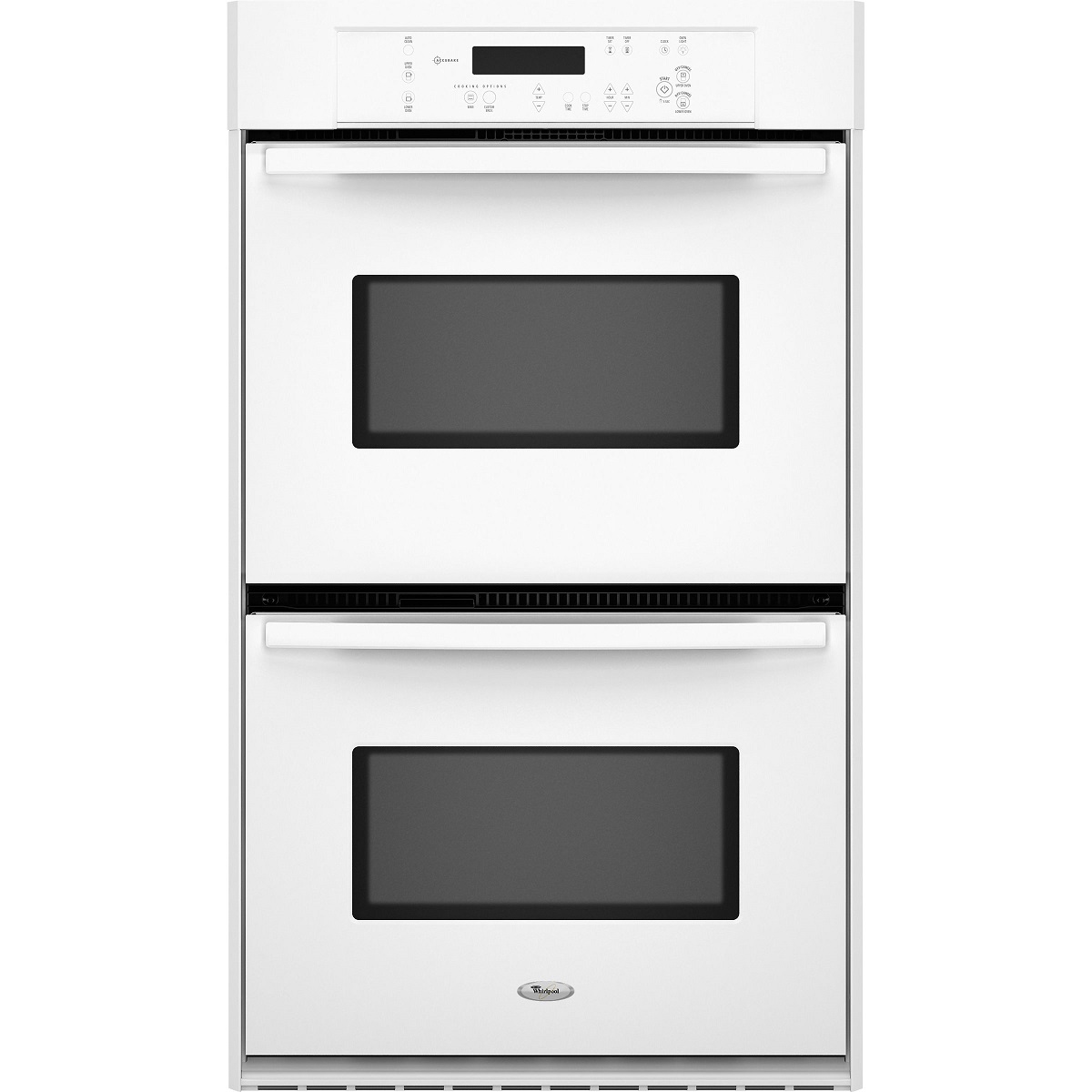

0 thoughts on “How Deep Are Wall Ovens”